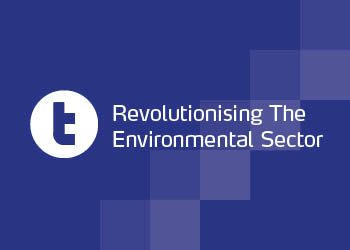Thames Water’s new £2 million facility is the first in Europe to recover nutrients from sewage and could hold the key to securing future global food supplies.
The facility is now producing sanitised phosphorous-based fertiliser that is purer than any other, from the wastewater of Slough in Berkshire.
With the price of phosphorous increasing by 500 per cent since 2007, it also means there will be a UK supply of the fertiliser that will contribute around 500 tonnes of the total 138,000 tonnes that is imported each year. There is no other UK supply of the material unless more plants are built and it is expected that all worldwide phosphorous mines will be depleted within 100 years. Indeed, it is expected that after the mid-2030’s the mineral will become increasingly rare and expensive.
 Soil Association policy director Peter Melchett said: “With the world’s affordable mineral reserves of phosphorous set to start running out in the next 20 to 30 years, this new technology could offer a solution to securing global food supplies over the coming decades.
Soil Association policy director Peter Melchett said: “With the world’s affordable mineral reserves of phosphorous set to start running out in the next 20 to 30 years, this new technology could offer a solution to securing global food supplies over the coming decades.
“Without fertilisation from phosphorous, wheat crop yields will fall by more than half. Meanwhile, as the planet’s population is predicted to hit nine billion by 2050, demand for food will increase. Sustainable alternative sources of phosphorous, like this reactor at Slough sewage works, are vital if we are to keep pace with this demand.”
The reactor is built by Canadian firm Ostara Nutrient Recovery and it creates a fertiliser called Crystal Green. This product is cleaner than anything else on the market and contains much lower heavy metals content than traditional fertilisers.
Thames Water expects to save £200,000 a year as a result of the plant, and it should also improve the quality of effluent leaving the sewage works reducing nutrient levels and in turn reducing algae growth in rivers and streams.
The operation works by collecting a material called struvite that typically clogs pipes at sewage plants. The new facility makes the struvite settle in its process and is then used to manufacture the fertiliser.
Thames Water commercial director Piers Clark said: “This is a classic win win. We are producing eco-friendly steroids for plants, while also tackling the costly problem of struvite fouling up pipes at our works.
“The cash and carbon cost of digging phosphate out of the ground in a far-flung foreign clime then shipping it back to Britain makes no sense when compared to the local, sustainable process of our reactor in Slough. As we gain experience with this new technology, we intend to evaluate its suitability for installation at other Thames Water plants in the UK.”












